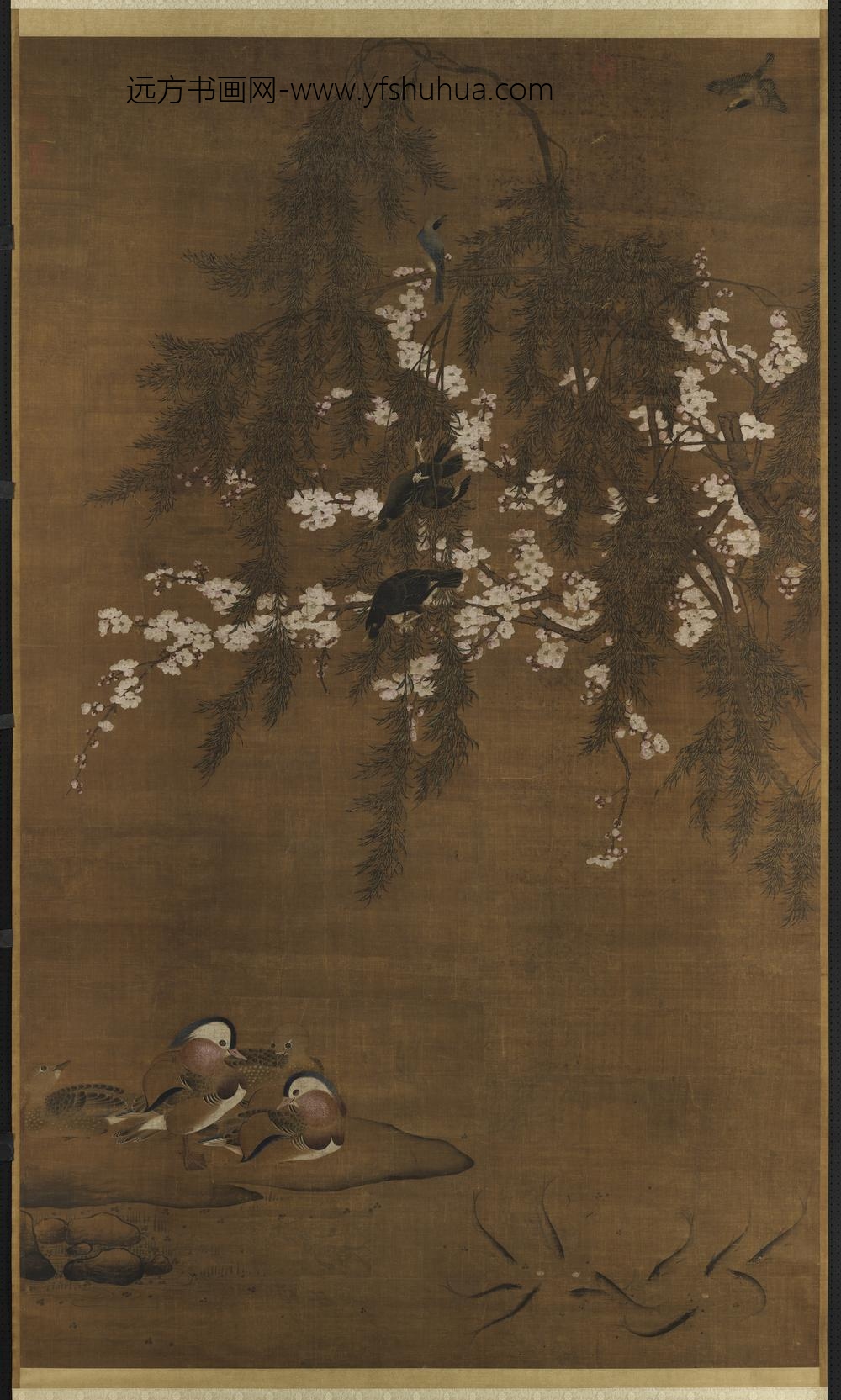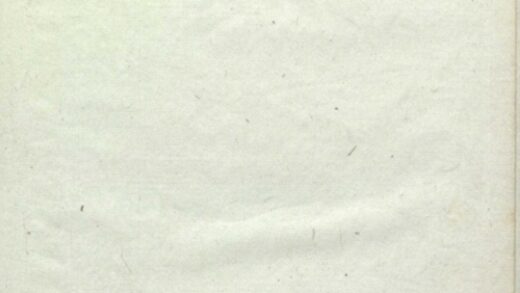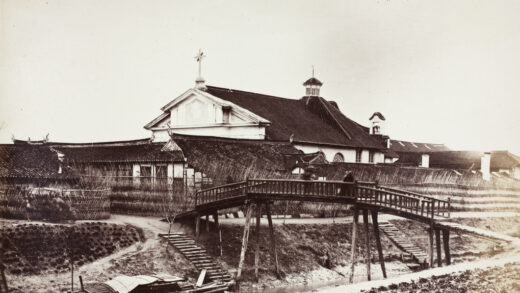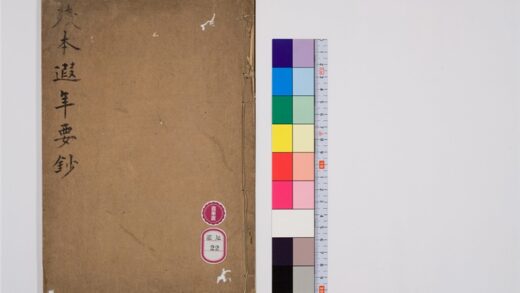【作品基本信息】
| 作者 | 吕纪 |
| 品名 | 画花卉翎毛图轴 |
| 朝代 | 明朝 |
| 文件大小 | 18.04MB |
| 分辨率(DPI) | 300×300 |
| 像素大小 | 1900×3165 |
| 尺寸(CM) | 16.08×26.79 |
| 作品数量 | 1 |
| 作品收藏 | 台北故宫博物院 |
| 图片格式 | 默认提供TIF和JPG两个版本 |
基本数据
| 藏品类型 | 绘画 |
| 品名 |
明吕纪画花卉翎毛 轴 Flowers and Birds |
| 分类 | 绘画 |
| 作者 | 吕纪 |
| 数量 | 一轴 |
典藏尺寸
| 【位置】 | 【尺寸】(公分) |
| 本幅 | 193.2×116 |
质地
| 【质地位置】 | 【质地】 |
| 本幅 | 绢 |
主题
| 【主题类别】 | 【主题(第一层)】 | 【主题(第二层)】 | 【主题说明】 |
| 主要主题 | 花草 | 杏花 | |
| 主要主题 | 翎毛 | 鸳鸯 | |
| 主要主题 | 水中动植物 | 鱼 | |
| 主要主题 | 树木 | 杨柳 | |
| 主要主题 | 翎毛 | 八哥(鸲鹆) | |
| 其他主题 | 山水 | 溪涧、湍泉 | 溪涧 |
| 次要主题 | 翎毛 |
技法
| 【技法】 | 【技法细目】 |
| 工笔 | |
| 没骨 |
参考数据
| 【类别】 | 【参考数据】 |
| 收藏着录 | 故宫书画录(卷五),第三册,页335 |
| 收藏着录 | 故宫书画图录,第七册,页187-188 |
| 内容简介(中文) |
吕纪(活动于公元1439-1505年间),浙江鄞县人。字廷振,号乐愚,一作乐渔。花鸟初学边文进,后摹唐宋诸名家笔,始臻其妙。弘治(1488-1505)间被征值仁智殿,为锦衣卫指挥使。 杏柳迎风摇曳,八哥、山鸟一双穿梭其间;溪中游鱼成群,岸上鸳鸯两对,正是春暖花开时节,景候怡人。本幅无画家款印,观其构景、笔意,颇得吕纪之精神面貌,应是传承吕氏画风之作。 |
| 内容简介(英文) |
Flowers and Birds Lu Chi (fl. ca. 1477-1497) Ming Dynasty Lu Chi, style name T’ing-chen, sobriquet Yao-yu, was a native of Yin County, Chekiang. In the genre of flower and bird painting, Lu initially studied the works of the early Ming dynasty pinater, Pien Wen-chin. He later emulated the works of the T’ang (618-907) and the Sung (960-1279) masters. He eventually became one of the greatest painters of birds and flowers of the Ming dynasty. During the Hung-chih era (1488-1505), he was summoned to serve in the Hall of Benevolent Wisdom (Jen-chih Tien) in the imperial court. Lu served as a commander in the Imperial Bodyguard, a military unit that also provided sinecures for court painters. Mynahs and a pair of crows flit about the apricot and willow trees which sway in the wind. A school of fish in the stream swim together, and two pairs of mandarin ducks rest on the bank. It is the season of spring when flowers bloom and the air is filled with warmth. The signature and seals of the artist are not on this painting, but the composition and the brushwork seem to capture Lu Chi’s spirit. However, this painting is probably a work painted in Lu Chi’s style. |
| 参考书目 | 刘芳如,〈明吕纪画花卉翎毛 轴〉,收入《来禽图—翎毛与花果的和谐奏鸣》(台北:国立故宫博物院,2019.01),页160-167。 |
【作品展示】

明吕纪画花卉翎毛轴




